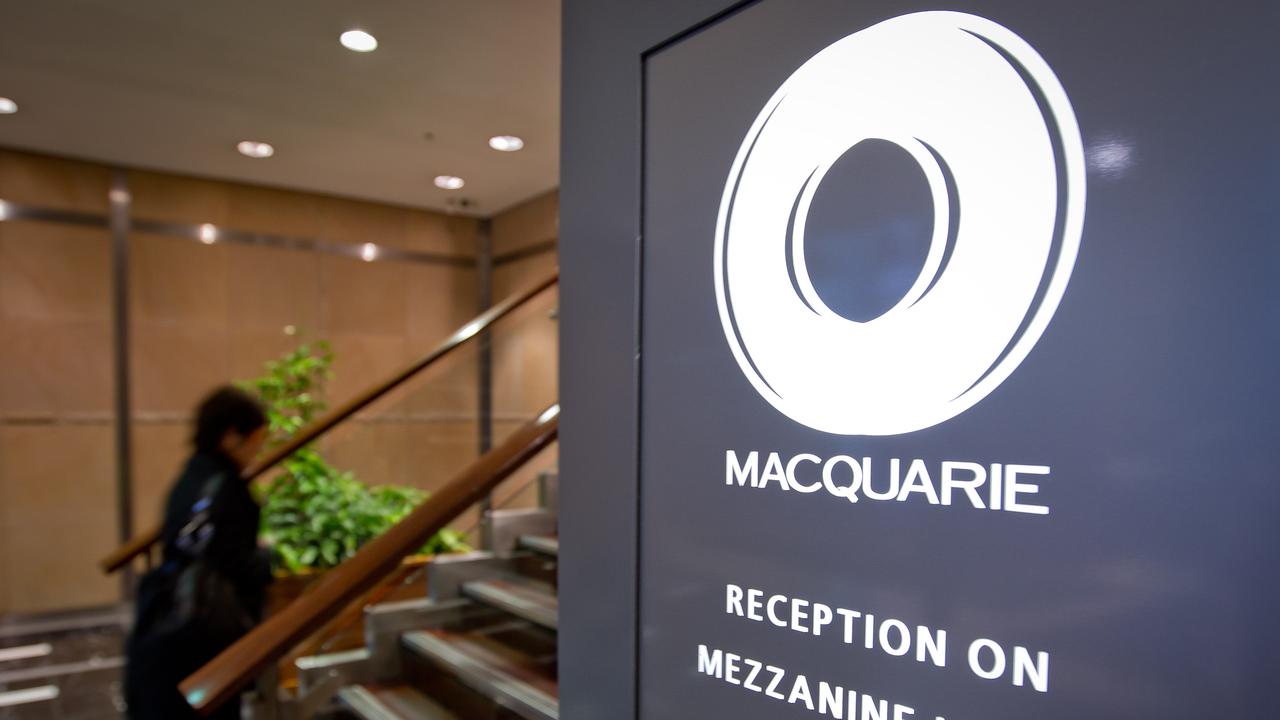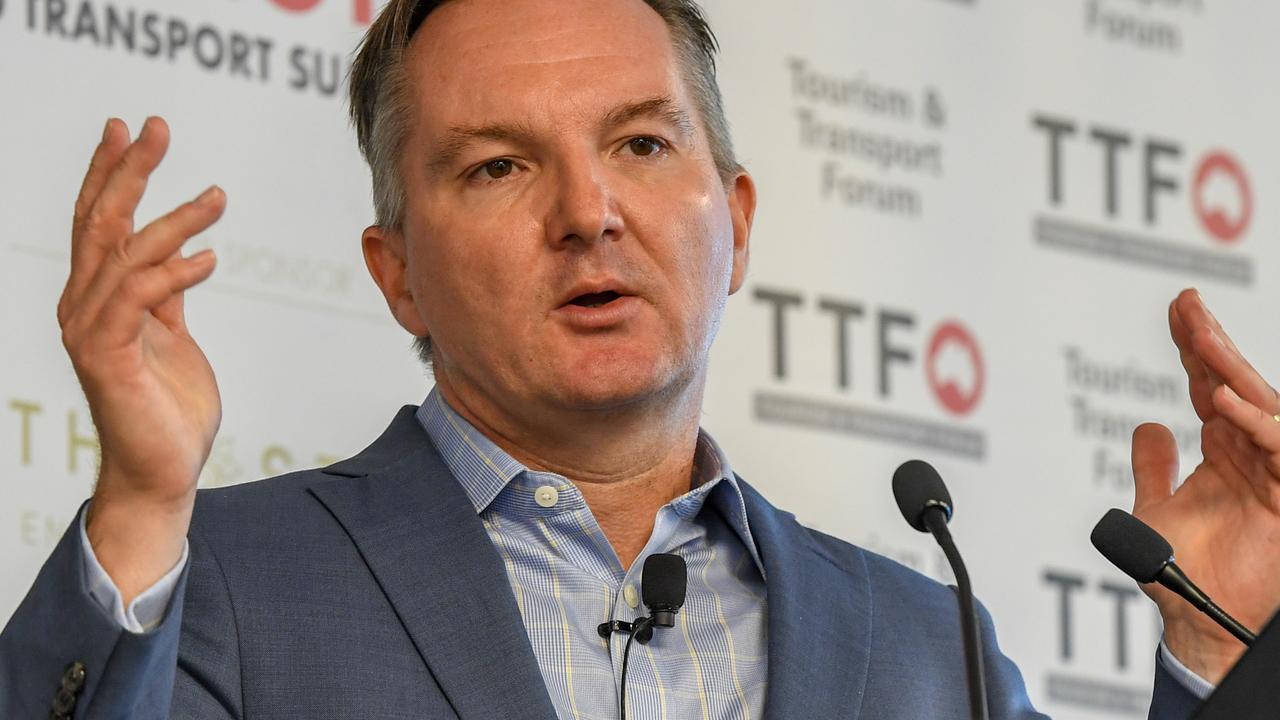
But they are charging a high price for their gas, confirming that the days of low-priced eastern states gas are over.
The “Gladstone Three” comprise the consortiums headed by Santos, Origin and Shell, who signed vast LNG export contracts in the full knowledge that one of them, the Santos consortium, had “shorted gas” by selling more than it had in Queensland and making up the difference by sucking gas out of the Cooper basin that had been earmarked for Sydney.
That shorting created chaos in the local market and much higher prices.
Energy minister Josh Frydenberg read the riot act to the “Gladstone Three”. While that strategy worked, the crisis uncovered deep, long-term problems, thanks to research by EnergyQuest.
The dramatic rise in the price of gas has hit local demand which has fallen sharply, indicating that our industrial base has suffered a further blow as a result the higher gas prices.
This fall in demand makes it easier for the “Gladstone Three” to cover the shortfall in 2017 and 2018.
But come 2019 and 2020 and production from Bass Strait is set to fall further and, as graphs show, there is an enormous gap between production and supply caused by the total irresponsibility of the NSW and Victorian governments in blocking development of their gas reserves.
And in the case of Victoria the Coalition opposition has been as irresponsible as the ALP government. Both parliaments have blocked development of their abundant reserves that do not involve the technique known as fracking.
The EnergyQuest production estimates do not include any contribution from the Cooper basin because it is assumed that Cooper basin gas is headed for Queensland LNG.
Victoria has vast apparent reserves of non-coal gas, including the Lakes Oil NL deposits, that require drilling to prove up. The determination of both Victorian political parties to create shortages and higher prices provides a perfect opportunity for a third political party either from the left or the right to break the deadlock at next year’s state election.
There is a similar situation NSW where Narrabri gas has been blocked.
But even if the irresponsible NSW and Victorian governments decide to develop their gas it is unlikely to reduce prices from current levels.
When Bass Strait was first developed gas was available at between $1 and $3 a gigajoule.
On the basis of delivery into Melbourne (the biggest market for gas) the lowest cost producer is now Cooper Energy’s Bass Strait Casino gas at $4 a GJ.
Esso’s Bass Strait gas now costs $6 a GJ to produce. The Sole and Manta Bass Strait deposit of Cooper Energy approaches $7 while, if it were available, Cooper Basin gas costs well over $8 delivered to Melbourne (deduct $1.50 for Sydney) while gas from the “Gladstone Three” delivered to Melbourne costs $10 a GJ.
Northern Territory gas costs between $10.50 and $12 with the main costs being transport.
If the NSW and Victorian governments insist on not developing their abundant gas Melbourne and Sydney may be forced to go to the Northern Territory.
One would assume that common sense would prevail but so far it has not.






Very quietly, the so called “Gladstone Three” Queensland LNG exporters have come to the party and will supply the shortfall in southeast Australian local gas demand.